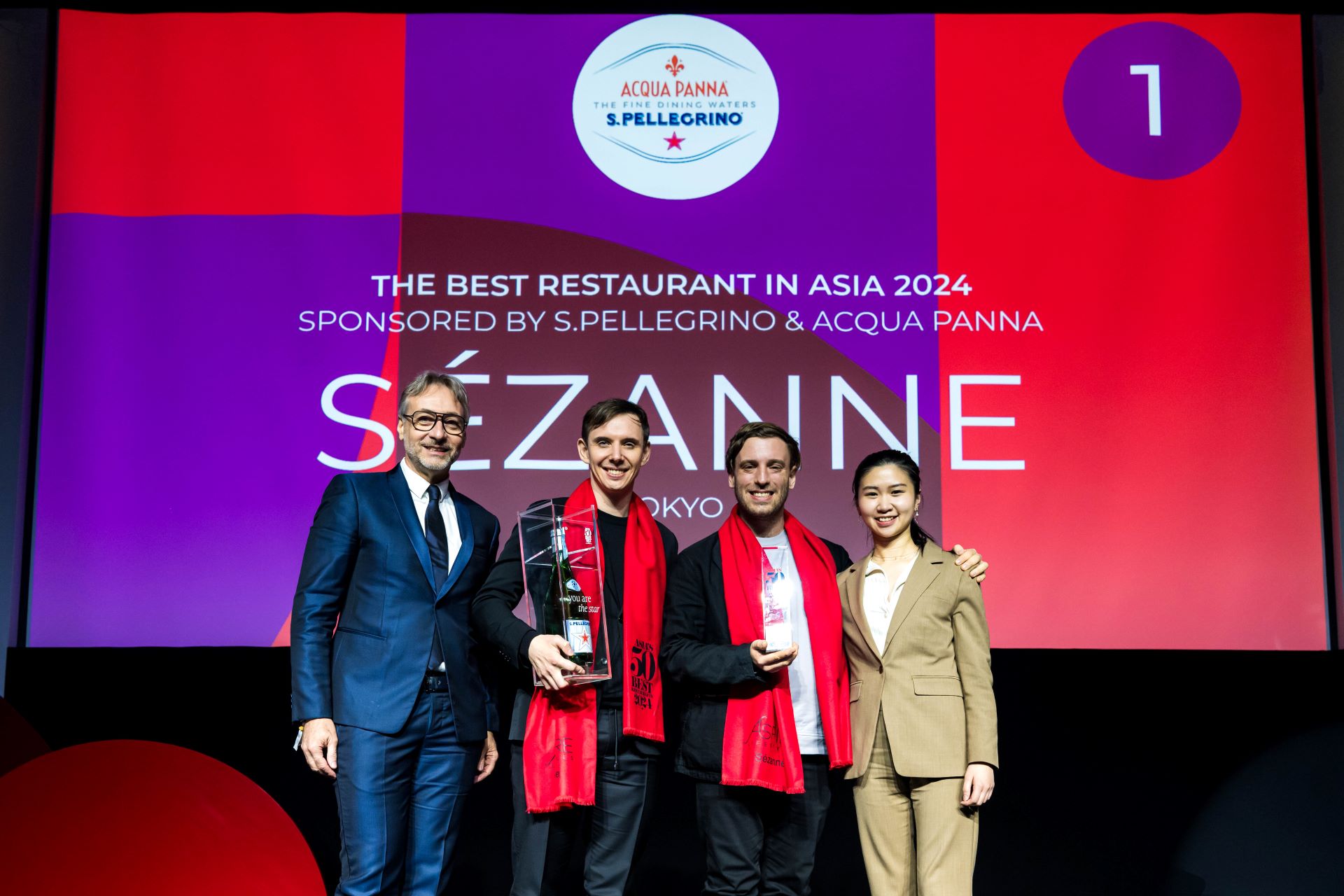

Review: Juksunchae, an
introduction to Korean fine dining
Critique by Christopher Menning
February 1, 2023
Share this post
I have to admit that I am somewhat ignorant about Korean cuisine. Not out of choice, but having never visited the country, I feel as though I haven’t had much opportunity to explore the full breadth of the food culture beyond BBQs and bibimbaps. So when Juksunchae invited me to dine at their restaurant, I was thrilled about the chance to learn, discover, and venture into the unknown.
The restaurant, which is located in Ruamrudee, aims to change people’s perceptions of Korean cuisine by blending traditional fare with modern techniques, proclaiming itself as the first Korean fine dining restaurant in Bangkok. The owner, ex-hospitality professional who goes by “Win”, along with head chef Henry Lee, wants to model the dining experience around Korean seasonal ingredients, which means that the menu will rotate four to six times a year.

After finding my way through the Ruamrudee neighbourhood to the venue, I took the elevator up to the third floor, where the doors opened directly into battle. Instead of a modest waiting area at the front, I am thrown right into the fray and almost feel as though I should be armed with a sword and shield—or, in this case, a spoon and fork.
The immediately-encountered open-plan kitchen is the show’s pulsing heart, with bar seating surrounding the battlefield. Korean-born and Canadian-raised, Chef Henry leads his workforce with an iron aura, his team attentive, silent, and awaiting their orders. It reminded me of the recent Netflix movie, The Menu—though sadly no sadistic games in play at this restaurant. The room is dark, sleek, imposing, and well-structured, with dark marble adorning the raw concrete counter. You know where to sit, and you’re well taken care of.
The menu is easy to read as is. There is potential for improvement, but it is the inaugural edition and 14 courses at ฿4,990++ is in line with Bangkok pricing. We begin with one-bite pleasures like the moon-eo dubu bugak—octopus encased in a crispy tofu sleeve—and move on to eo mandu, fish dumpling served with a fish bone used as a fork.
The lobster jook (porridge) was the first source of genuine excitement. As a Brit, porridge is a milky stodge of breakfast, usually with a dollop of jam or honey for sweetness. Juksunchae’s essence of seafood risotto, on the other hand, was sensational, with the rice cooked al dente and the foam on top capturing the crustacean. Following that is a Korean beef tartare with buckwheat and a carefully-placed oozing, yellow egg yolk. The pretty dish is held in place by a lovely piece of azure blue ceramic. The doenjang strawberry, however, felt out of order to me. Sweet and tart, I would have preferred it as a dessert accompaniment, at the end of the meal.
The sea bream hoe next was a great rift on sashimi, perhaps not as elegant with a full circle of red sauce slathered along the edge, but delicious all the same. The bulgogi oyster did not quite hit the mark. The mushroom and pine nut dish, though a visually beautiful showcase of various fungi, was held back by a sauce reminiscent of the uninspiring salad cream I used to eat as a kid.

The meal then reached its climax: the bibimbap. Everything you believed you knew about the dish is incorrect. The magnificent interpretation arrived as a piece of art, skillfully crafted as a harmonious colour scheme, similar to a painter’s palette. It didn’t fill me up like a typical bibimbap, but it didn’t need to. In actuality, this was exactly the kind of deep dive into food culture that I was looking for. Bibimbap translates as a ‘mixed rice dish with various vegetables’, and Juksunchae’s interpretation is comprised of caviar, crispy rice puffs, and a glossy sea urchin custard—the latter not normally a texture I enjoy, but bravo to the chef, I was smitten.
An equally superb piece of buttery foie gras with chestnut bancan, a traditional Korean assortment of side dishes, followed. I’m not a lover of foie gras, but I never request a menu modification since I enjoy being surprised. This time is no different, and Chef had won me over once more. Extra points for employing an egg-shaped Kamado pressure cooker using natural lump charcoal with a slatted cooking grid inside for grilling and roasting meats, which was used to cook the Galbi beef short rib to perfection in this case. I found the slice of raw, crunchy onion the perfect accompaniment.
After discussing my experience with the proprietor, I stated that he was certainly on the correct route. With a slew of celebs visiting and apparently booking out the entire facility, Korean fine dining clearly has a place in our city. However, while I was pleasantly pleased by new food, I felt a little befuddled by what I had. My nourishment comes not only from the food, but also from my comprehension of the food itself. More history, explanation, and spoon-feeding of this will be required for my palette to be satisfied. Despite just being open for a few months, Juksunchae has undoubtedly begun a trend that will not cease anytime soon.
Get notified about all our bite-sized food and drink content.


